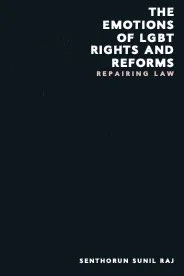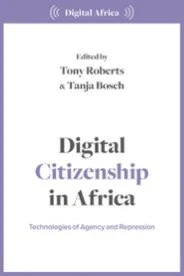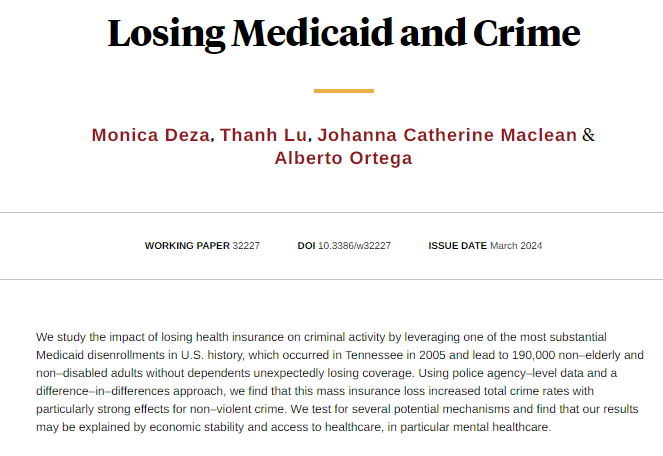By David Spencer
In this policy note we outline the origins of Non-Crime Hate Incidents (NCHIs), the approach by police forces to recording them and their threefold impact: (1) distracting police officers from focusing on what should be the core mission of policing to fight crime, (2) curtailing the employment prospects of individual members of the public through inappropriate disclosures of NCHIs, and (3) having a broader chilling effect on freedom of expression in our society. The origins of NCHIs can be found in the Stephen Lawrence Inquiry, published in 1999, which recommended that the police formally log “racist incidents” that did not reach the threshold of being a criminal offence. Subsequently expanded to cover other types of incident, NCHIs were entrenched in policing practice through the College of Policing’s 2014 ‘Hate Crime Operational Guidance’. As a result of a successful legal challenge in 2021, R (on the application of Miller) v College of Policing, the previous Government exercised its statutory power to introduce a new Code of Practice for the recording of NCHIs in June 2023. Until this point NCHIs had no formal basis in legislation whatsoever. The Code of Practice, issued pursuant section 60 of the Police, Crime, Sentencing and Courts Act 2022, defines Non-Crime Hate Incidents (NCHIs) as: “an incident or alleged incident which involves or is alleged to involve an act by a person (‘the subject’) which is perceived by a person other than the subject to be motivated - wholly or partly - by hostility or prejudice towards persons with a particular characteristic.” This paper demonstrates that the protections which Parliament and the previous Government attempted to introduce through this Code of Practice have been largely ineffective. A recent Inspection by His Majesty’s Inspectorate for Constabulary and Fire and Rescue Services (HMICFRS) shows that police forces have been willing entirely to ignore – and in fact to act contrary to – the Code of Practice. Out of 120 case files examined by HMICFRS sixteen NCHIs and fourteen hate crimes had been incorrectly recorded by police forces – an error rate of 25%. Of the 120 cases that HMICFRS reviewed, police had incorrectly recorded seven incidents on school premises. That police forces are failing to get it right is no surprise – their track record in this domain has been poor. In 2021, Merseyside Police were rightly criticised for producing a false and misleading advertising campaign which contained the slogan “BEING OFFENSIVE IS AN OFFENCE” – revealing that the officers involved were entirely wrong in their understanding of the law. A senior officer in the force subsequently withdrew the campaign and attempted to shift the blame onto the “local policing team on the Wirral”. Police forces continue to be highly opaque in their approach to NCHIs – producing little clarity over their policies or data relating to the recording of NCHIs. What data does exist shows that there is very wide variation in rates of reporting between police forces. Essex Police, records NCHIs at a rate of 21.5 NCHIs per 100 officers per annum in 2023 – a rate three times that of the Met, four times that of Greater Manchester and ten times that of West Yorkshire. The number of NCHIs recorded per 100 officers per annum is 7.2 in the Metropolitan Police, 5.72 in Greater Manchester Police and 2.4 in West Yorkshire Police. This compares to an estimated national rate in the 12 months to June 2024 of 8.9 NCHIs recorded per 100 officers. The distraction of police officers from other, more important activities is of grave concern to great swathes of the public – particularly given NCHIs do not involve allegations of criminality. In many cases Police and Crime Commissioners have been insufficiently robust in ensuring that forces have been focused on the fight against crime. In doing so it appears that PCCs are demonstrating an undue regard for an expansive understanding of police chiefs’ ‘operational independence’ – something the public will not thank them for. (continued)
London: Policy Exchange, 2024. 38p.










